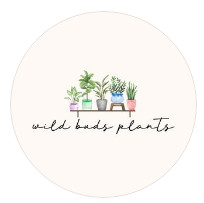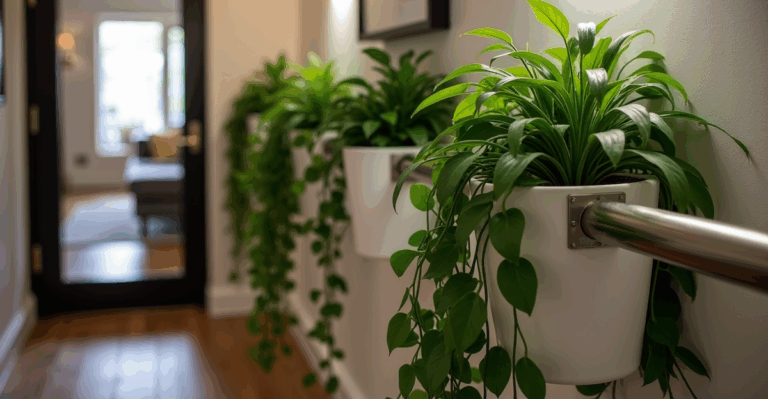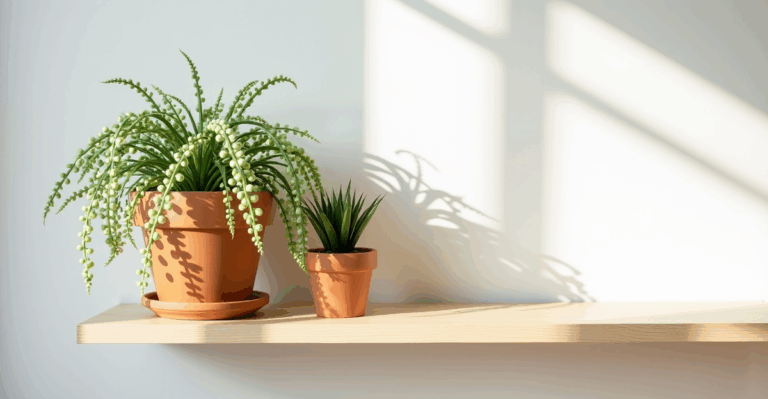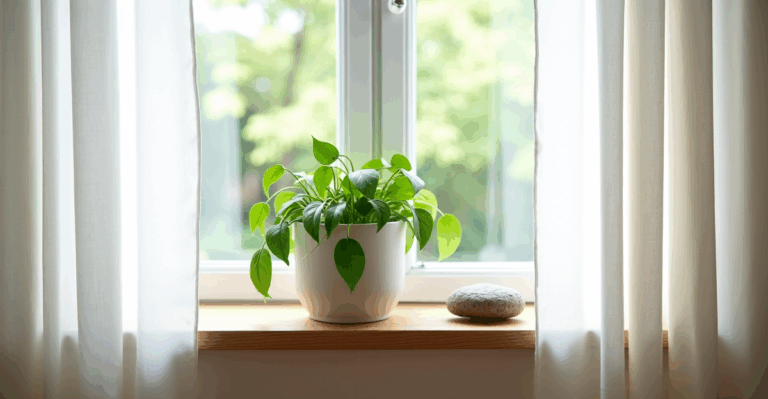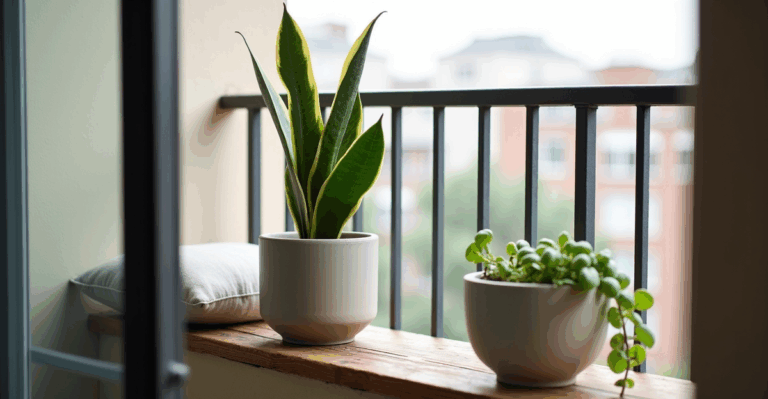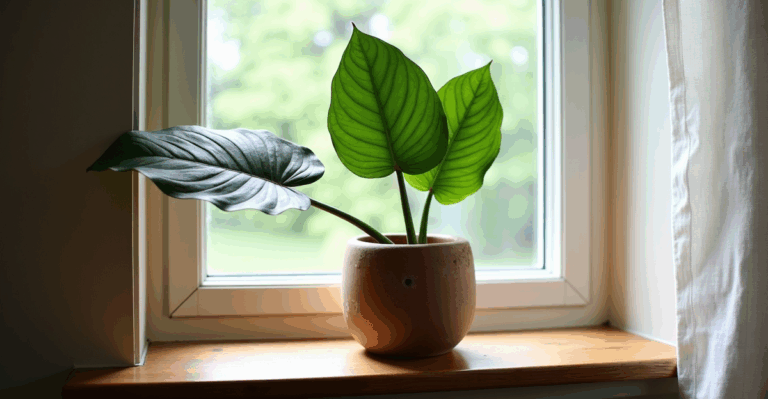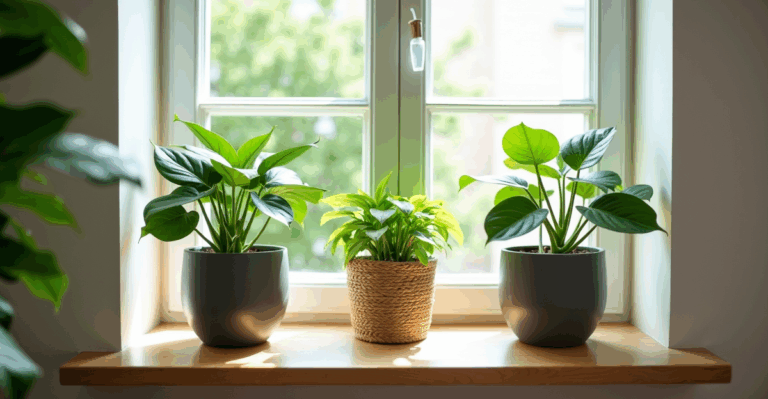Snake Plant Entryway: Pet-Safe Style That Works
You’re rushing out the door, wallet in hand, and your entryway console is a battlefield: keys scattered, muddy boots kicking up dust, and that one stubborn leaf of your snake plant (Sansevieria) caught in the corner. It’s the first thing you see when you walk in and the last thing you see when you walk out. But what if it wasn’t just a cluttered mess? What if it was a calm, intentional welcome—and safe for your furry family members? We’ve all been there. And for plant lovers with pets, that “just one more plant” often feels like a risk. But snake plants? They’re the perfect solution. Non-toxic, low-maintenance, and shockingly stylish when placed right. Let’s make that entryway your favorite spot to pause.
Why Snake Plants Belong at Your Doorstep (Without the Guilt)
Snake plants thrive where other plants stumble. They tolerate the low light of a north-facing hallway, the dry air from forced-air heating (a common entryway issue), and the occasional forgetful watering. Unlike fiddle leaf figs or peace lilies, they won’t wilt if you’re busy with work or school drop-offs. And critically, they’re safe for cats and dogs. The ASPCA lists them as non-toxic, so no frantic vet visits if your cat decides to chew on a leaf. (We learned this the hard way with a “safety” plant that wasn’t safe—never assume!). Snake plants also filter air in theory (though we won’t claim medical benefits), but their real superpower is making your space feel grounded and intentional without demanding constant care.
Positioning for Light, Not Just Looks
Most people place plants where they look good, not where they thrive. Snake plants need bright, indirect light—think an east-facing window or a few feet away from a south-facing one. Avoid direct afternoon sun that bakes the leaves and causes scorch marks. If your entryway has no natural light, a simple LED grow light on a timer (12 hours/day) is a low-effort win. We’ve seen snake plants in dark hallways slowly decline, then bounce back with just 15 minutes of morning sun through a nearby window. Pro tip: Stand by the console in the morning. If you can read a newspaper comfortably, that’s the light sweet spot.
The Drainage Dilemma (And Why It’s Not Optional)
This is where most entryway setups fail: waterlogged roots. Snake plants hate sitting in water, and entryways get messy. Mud from boots, spills from coffee cups, or even a pet’s pawprint on the console can lead to pooling water in the planter. That’s a recipe for root rot. Here’s the fix: Always use a planter with drainage holes. Don’t rely on a decorative cachepot alone—put a small saucer under the pot to catch overflow. If your console is wood, add a waterproof tray (like a bamboo mat or a small ceramic dish) beneath the whole setup. We’ve seen so many snake plants die from “pretty” planters with no drainage, especially in humid entryways. It’s not about aesthetics—it’s about survival.
Styling Beyond the Basic Pot (Pet-Safe Edition)
Your console isn’t just a surface—it’s a stage. Snake plants work with any style: minimalist, boho, or mid-century modern. Avoid toxic materials like lead-glazed ceramics or metal with harsh chemicals (check labels!). Stick to natural fibers (jute, rattan), unglazed terracotta, or safe ceramics. For a pet-safe touch, place the plant slightly off-center on the console, not directly in the middle where it’s a tripping hazard. Pair it with a small, low-slung basket for keys or a single sculptural object (a smooth river stone, a woven box). Real-life example: We styled a snake plant on a narrow, dark walnut console with a brass tray and a single ceramic vase holding dried grasses. The plant’s bold leaves contrasted beautifully with the wood, and the tray kept any accidental spills from ruining the surface. Pets walked right past it without a second glance.
Avoiding the Overkill Trap (It’s Not About More Plants)
We’ve all felt tempted: “If one snake plant is good, two must be better!” But entryways are small spaces. Too many plants create visual chaos and make the space feel cramped. Stick to one or two plants max for a console. A single snake plant (about 12–18 inches tall) is perfect. If you have a larger console, consider a second low-maintenance plant like a ZZ plant (also pet-safe) on a higher shelf above the console. But don’t overcrowd—snake plants need airflow around their leaves. We once saw a console with three plants, all in non-draining pots, and the middle plant rotted within a month. Less is more, and it’s safer for your pets.
Seasonal Shifts: What to Watch For
Snake plants slow down in winter. Water less often—let the top 2–3 inches of soil dry out completely before watering (use a finger test, not a timer). In summer, they might drink more, but always err on the side of dry. If your entryway has central heating (common in winter), the air gets very dry. A simple humidifier nearby helps, but snake plants are tough enough to skip it. Edge case: If you’re using LECA (clay pebbles) for semi-hydro, watch for mineral buildup in hard water areas. Flush the LECA every 3 months with distilled water to prevent salt crystals from forming. It’s a small step but keeps the plant thriving.
Why 3D-Printed Planters Are Our Secret Weapon
Most planters for entryways are either too heavy (cement), too small (plastic), or lack good drainage. That’s where 3D-printed planters shine. They’re lightweight (no more struggling to move a heavy pot), designed with precise drainage holes, and come in shapes that fit perfectly on narrow consoles. We’ve tried everything: ceramic, wood, plastic. The 3D-printed ones we use at Wild Buds Plants have a subtle, modern feel that matches any decor without shouting. They also have a built-in tray that catches water neatly—no more worry about spills. And because they’re made from food-safe, non-toxic materials, they’re ideal for pet owners. Plus, their unique shapes (like a gentle curve or a tapered base) make the plant the star, not the pot.
The Bottom Line: It’s Simple, But Not Easy
Styling your entryway with a snake plant isn’t about buying the “perfect” plant—it’s about choosing one that works with your life and your pets. It needs light it can handle, space it won’t overwhelm, and a planter that won’t drown it. When you get those pieces right, the entryway becomes a quiet moment of calm before you step into the rest of your day. You’re not just decorating; you’re creating a space that works for you and your family—human and furry alike.
When you’re ready to grow your setup, explore our 3D-printed planters.
Key Takeaways
– Snake plants are non-toxic to pets and thrive in low-light entryways.
– Always use drainage (a saucer under the pot, not just a decorative cachepot).
– One plant is enough; keep it off-center for safety and style.
